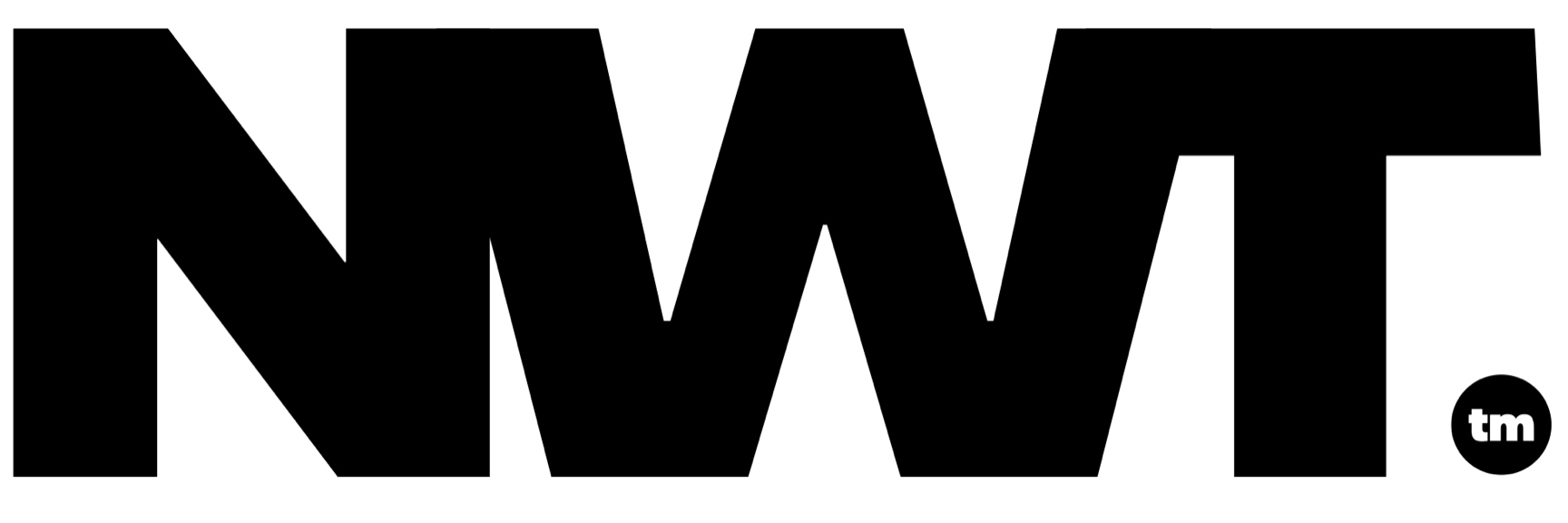Effective agile project management systems for business leaders


Agile project management methodologies are frameworks that help to integrate principles and values, with the aim of putting them into practise. Each business team has different requirements of their project management methods, fortunately there is several project management methods, most of which are adaptable and can be combined.
Agile
Agile, as the name suggests, aims to approach with as much adaptability as feasible. It is an approach for software development and is based on the principle that projects change, the end of one project informs what happens on the next. The concept of agile puts collaboration and breakthroughs over strict adherence to a set out plan, and delivery of the end-goal over perfection.
There are four basic stages to agile project management, the first of those being discovering project requirements as well as clients needs and the resources available. After that a working model of a solution can be designed along with a prototype. That then needs testing and feedback from the client gathered. However, the progression through each of these phases isn’t fixed and at any point a team may decide that they need to go back a stage and try something different. This set up means that agile teams can happily push projects through to the testing phase, because they know that the discovery lifecycle can easily be restarted.
There are many positives to agile projects including:
- With the assumption that changes can be made at whatever point, faster release dates can be hit along with streamlined productions.
- Multiple teams can be brought together so solution can work for everyone.
- There is more room to act on new ideas as teams are not restricted to pre-set plans.
There are, however, some negatives to this way of working including:
- The difficulty of tracking a projects progress and the complete time.
- Ad hoc teams have the potential to disrupt people from existing work.
- Projects can be difficult to keep on track due to no defined timeline.
Kanban
Kanban was initially made as a method for improved coordination and control of production processes, it developed further as an agile process optimization tool for software development and is now widely used in project management. It has proven to get great results and is uncomplicated and easily implementable.
Kanban breaks down projects into small steps hence avoiding sudden change measures. Kanban uses visualisation, centring on the use of dynamic task boards which outline the parts of a project that are not started, in progress and done. A Kanban board has at least three columns (one for each not started, in progress and done) with movable cards for tasks. These categories can be extended as required. The Kanban system is enhanced by having defined principles that are intended to encourage positive changes, responsibility, and motivation. Kanban respects existing roles and structures and only requires that the organisation sets up and shares visual boards, usually through a platform like Atlassian Jira Work Management.
Positive features of Kanban as a project management method include:
- Small, incremental changes making it easier for teams to adapt.
- Encourages collaboration.
- Teams design their own boards to reflect their workflow.
- Provides framework for understanding the workflow.
- Can be an addition or enhancement to other project management methods including waterfall and Agile.
Some negatives to this way of working include:
- Requires supervision for overview.
- The boards add an extra step.
- May not provide enough structure for larger teams or complex projects.
Waterfall
Waterfall planning is an example of linear planned project work which is divided into phases, which build on one another and follow a fixed sequence. This pre-developed plan requires a project manager to define the scope and requirements of the project. Workflows like a ‘Waterfall’ beginning and progressing in a specific sequence.
The positives of using this project management method includes:
- Reducing risk and expense from retroactive fixes due to analysis early on
- Straightforward
- Predictable for planning budgets, resources, scheduling, and scope
- Information retained through detailed documentation.
However, some of the negatives for this method include:
- Higher risk due to start overs needed if something needs changing.
- Requires formal change requests to alter plan, slowing down process.
- Doesn’t adapt easily to client requirements.
- Minimal possibility for mid-project reflection and adaption.
Lean
Lean focuses on efficiency. It optimises value delivery whist eliminating sources of waste. Within this methodology there are three defined waste types including:
- Muda- Activity that uses up resources but doesn’t generate value.
- Mura- Variations that add to overhead.
- Muri- Overload of equipment or people that slows down process.
The lean project management methodology concentrates on optimisation of projects and work already in flow through the system rather than focusing on doing things in a specific way. Because of the flexible style of lean it can be a link between a traditional approach and other agile methods.
Positives include:
- Controls costs and can help competitively price.
- Encourages tracking of hours and resources.
- Supports organisations in planning for future.
- Ensures efficient and effective use of each team members skills.
- Transition from traditional to agile management.
Negatives include:
- Requires a team to already have project management in place.
- May lose track of whole picture of project.
- Less margin for error due to less ‘waste’.
- Upfront time investment.
PRINCE2
PRINCE2, Projects IN Controlled Environments is a process-based project management method that focusses on promoting fundamental skills for successful projects. Recognised all over the globe, PRINCE2 is completely adaptable. It has many benefits for business’s, including encouraging communication and accountability of teams by defining roles and responsibilities and providing common vocabulary.
Advantages of PRINCE2 include:
- Can be used on any project form or size.
- Easy to hire people with certification.
- Based upon project management best practices.
- Principles can be applied across different projects.
- Can be used alongside agile.
Disadvantages Of PRINCE2 Include:
- Only has 2 tools and techniques
- Requires senior management buy-in to be successful.
- Requires experience to apply it well.
Scrum
Scrum although not classified as a project management method, originated in software development but is now used in other areas. Scrum has a methodological foundation and follows a more complex system than other methodologies such as Kanban. Scrum is a framework for implementing empiricism and lean thinking.
Initially, Scrum starts with a vision rather than a fixed goal, development is driven forward in stages, called sprints, which consist of steps for consulting, processing, reflecting and revision. Scrum also uses a task board, but it is more complex than Kanban. With customer satisfaction at the forefront, Scrum works with fixed roles such as a Product owner, Scrum Master, and the Scrum team.
This product management methodology has many positives including:
- Customer Oriented
- Flexible and open-ended process
- Through communication there is a high transparency and good coordination level
Negatives of Scrum as a project management method include:
- Lacks forward planning
- Iterative approach can take up time
PMBOK (Project Management Body of Knowledge) Guide
PMBOK standards provide a set of universal terms, knowledge, and guidelines for project management. As part of the standard, it describes how projects should be managed. The PMBOK Guide weighs in at 756 pages in its 6th edition. (PMBOK vs PRINCE2: Comparison and Differences (knowledgehut.com))
PMBOK summarizes the stages of project management, the ideas behind processes, and the knowledge areas, but does not define how these aspects should be used.
Other Methods
In addition to these particularly popular methods, there are several other approaches worth investigating for your business needs, these include:
- Scrumban: A combination of Scrum and Kanban
- Extreme Programming: Extreme programming is a method of software development. It is primarily a cyclical approach which is applied to every step of the development process.
- Management Institute (PMI). The PMI is an internationally active project-management association based in the USA.
- Six Sigma: based on the idea that business processes can also be expressed as mathematical functions.
- Unified Process: highly iterative software development process
- Agile Enterprise/Enterprise Agility: transfers agile principles from the team level to other levels of the company
- FDD (Feature Driven Development): Process model for software development
- RAD (Rapid Application Development): cyclical software development process with rapid prototyping as a goal
- AMDD (Agile Model Driven Development: agile variant of Model Driven Development
- DSDM (Dynamic Systems Development Method): increasingly includes business management aspects in project management
At New World Tech we are focussed on providing the most suitable services that use the right technology solutions to deliver better business outcomes. Check out our portfolio of services here.


